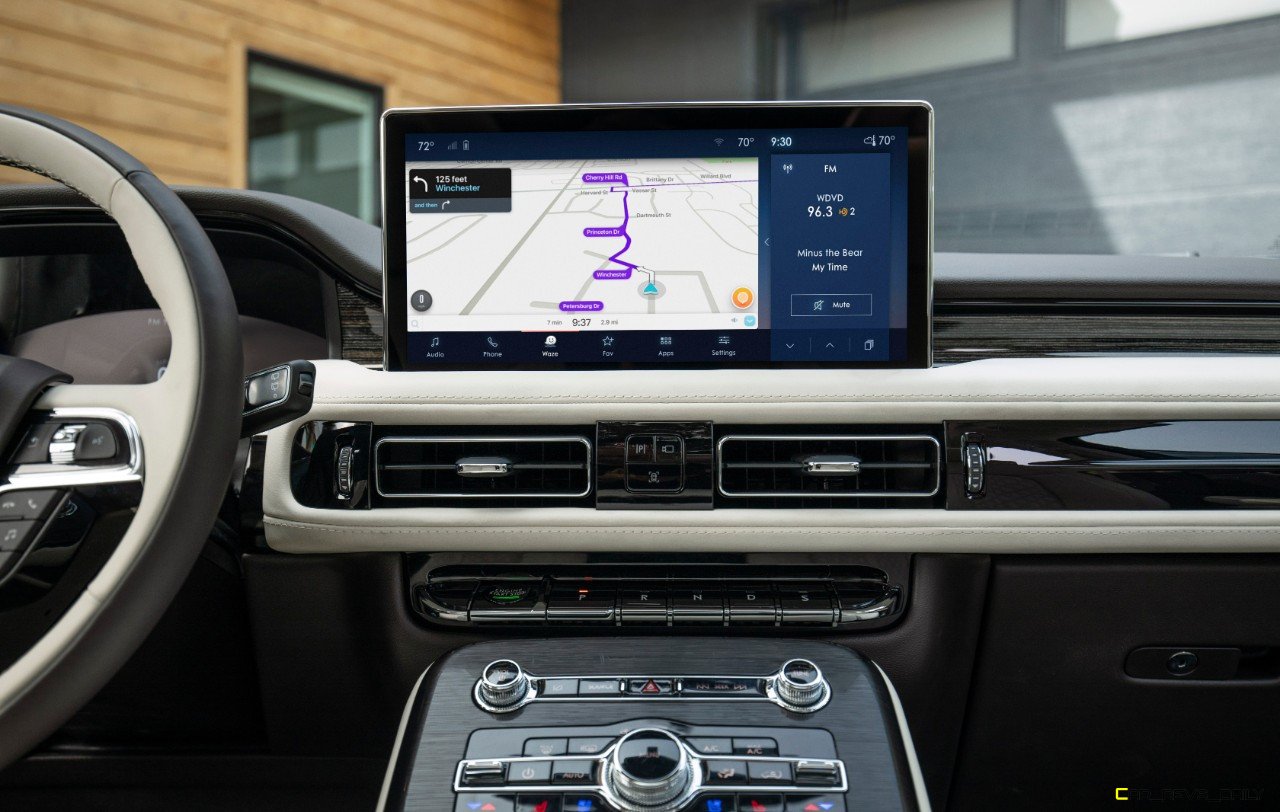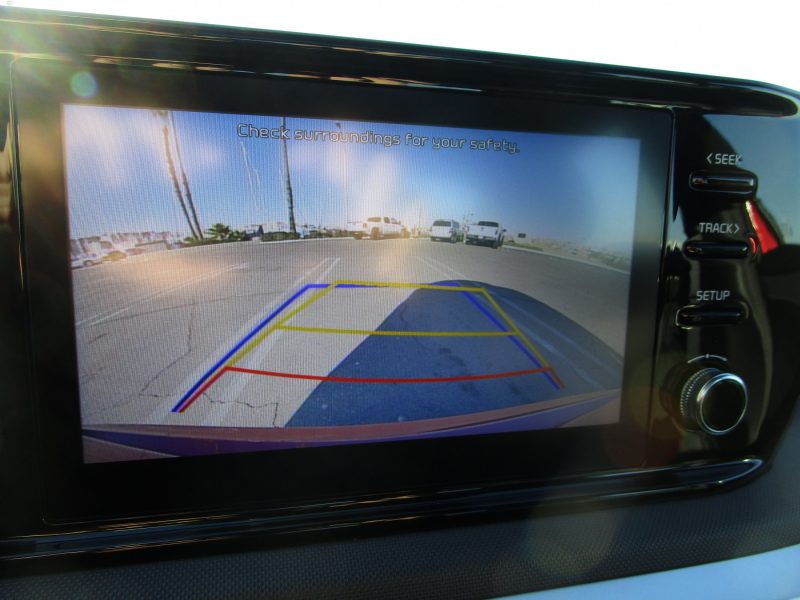
The prevalence of various driver assistance technologies over the past few years has radically changed the way that consumers approach the simple task of driving their vehicles. These technologies have rapidly become much more advanced over the past few decades, but have they actually helped make drivers safer? A new study suggests that the opposite is happening, and that drivers are actually becoming less safe out on the road
Technology making drivers less safe? Yes

This is according to a new study that was released by both the Insurance Institute for Highway Safety (IIHS) and MIT’s AgeLab which revealed that drivers are actually willing to engage with more distractions versus avoiding them when they are in a vehicle with a full suite of driver assistance aides. To gather this data, the study documented the progress of 20 Massachusetts based volunteers as they were given the task of driving two different vehicles with varying levels of driver assistance features over the course of a month.
The group was then split into groups of 10, with half being allowed to drive a Land Rover Range Rover Sport with Adaptive Cruise Control while the remainder were given the keys to a Volvo S90 which was equipped with ACC and Pilot Assist (the latter being a form of lane keep assist.) This pairing was essential to allow the researchers to not only vary the amount of assists that were on hand, but to also allow them to have more time drawing there conclusions as the month dragged on.
A month can be quite revealing
A mere month might not seem like a very long period of time, but as it turned out, it was more than enough time for the volunteers in the study to get sloppy in there driving habits. Once both groups got acclimated with the onboard assists, it didn’t take long for drivers to engage in distracting behavior. At first, things were roughly normal, but researchers immediately began to note how many times drivers took their hands off the wheel to engage in behavior such as fiddling with the infotainment system, using a cellphone, and other forms of distractions.
“Drivers were more than twice as likely to show signs of disengagement after a month of using Pilot assist compared with the beginning of the study,” said IIHS Senior Research Scientist Ian Reagan – the lead author of the study.
What can we do to avoid being a statistic? 
The answer to that question is very complex, and it requires you to take a refresher course in human psychology. In many of these instances, drivers are putting too much confidence into the driver assistance features, and are often using them as a crutch to facilitate behaviors that they wouldn’t otherwise do when driving. The figurative crutch of course being that the various aides will cover your tracks, and thus allow you to have a false sense of confidence.
As such, a key thing that drivers should do is to treat these systems as a secondary layer of protection, and still maintain a high degree of alertness when driving on the road. Too often, many accidents occur because of distraction or because drivers put their blind trust in various driving aides. This also goes along with applying some good old fashioned common sense to your everyday commute. Need to phone or text a friend? Either pull into a parking spot or wait until you get to your destination (home or otherwise.)
A sore spot with this author is the overreliance on rear backup cameras alone. While the camera itself is a welcome tool that can help you keep an eye on what’s going on behind you, the human neck has been meticulously crafted by eons of evolution to allow a certain degree of movement, so don’t be afraid to look out an open window when backing up to help provide an extra degree of safety, especially with occasional glances at the camera screen. Because at the end of the day, you can replace a car if you get into an accident, but a human being is one of a kind, and that’s something that’s not easily replaced.

Carl Malek has been an automotive journalist for over 10 years. First starting out as a freelance photographer before making the transition to writing during college, his work has appeared on numerous automotive forums as well as websites such as Autoshopper.com.
Carl is also a big fan of British vehicles with the bulk of his devotion going to the Morgan Motor Company as well as offerings from Lotus, MG, and Caterham. When he is not writing about automobiles, Carl enjoys spending time with his family and friends in the Metro Detroit area, as well as spending time with his adorable pets.

